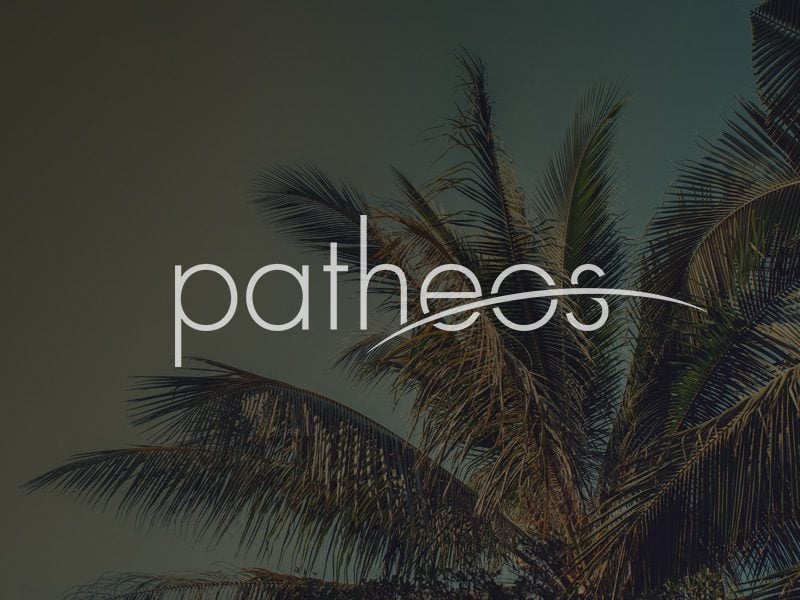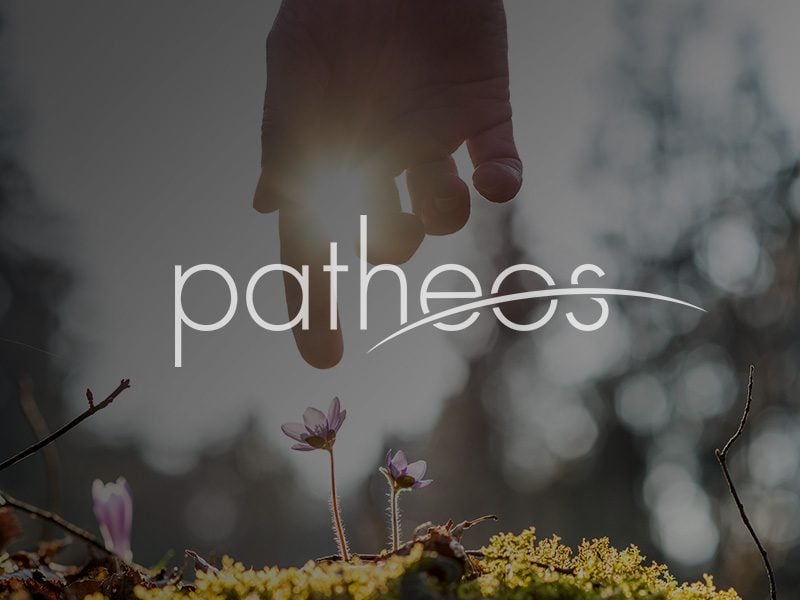Mary Douglas (Leviticus as Literature) explains the connections between the qereb, the inner parts of the animal, and the inner sanctuary of the tabernacle: “The Bible locates the emotions and thought in the innermost parts of the body; the loins are wrung with remorse or grief; the innermost part is scrutinized by God; compassion resides in the bowels. The psalmist said: ‘Truth is in the inward being’ (Psalm 74: 8). The same interiorizing movement is seen in the space of... Read more


















